1. The Sky Burial of Tibet
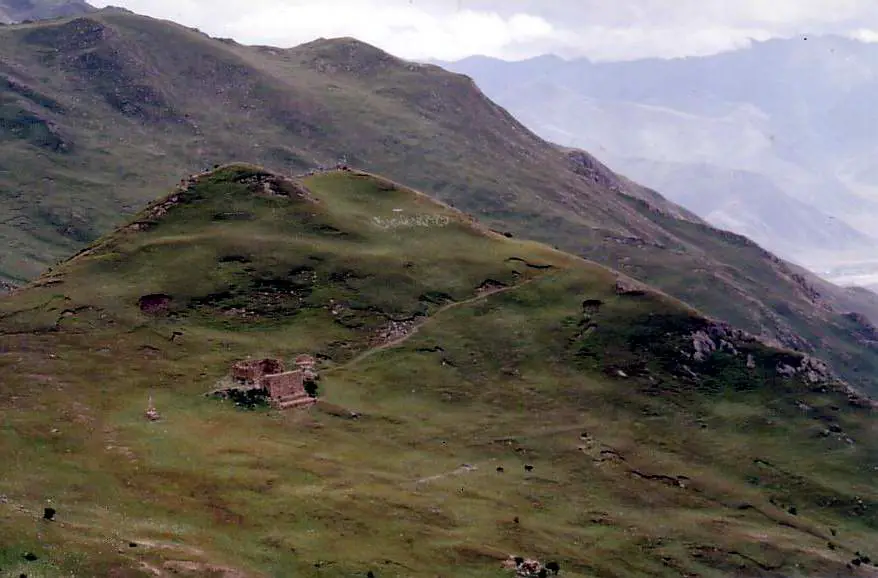
In Tibet, a sky burial is the preferred method of handling the dead, where the body is taken to a mountaintop and left exposed to the elements and scavengers, such as vultures. This practice is rooted in Tibetan Buddhism and reflects the belief that the body is simply a vessel for the soul. By offering the body to the birds, it symbolizes the return of the body to nature and helps the soul achieve liberation.
Many Americans might find this ritual uncomfortable, as the idea of having a loved one’s body devoured by birds is foreign and unsettling. However, for Tibetans, it is seen as an act of generosity and an important step in the spiritual journey of the deceased.
2. The Endocannibalism of the Yanomami
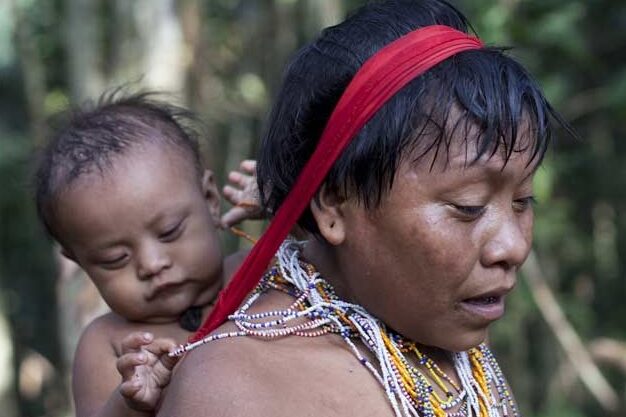
The Yanomami people, who live in the Amazon rainforest of Brazil and Venezuela, engage in a practice known as endocannibalism, where they consume the ashes or a part of the body of a deceased family member. This ritual is believed to help absorb the deceased’s spirit, keeping them alive in some form within the family.
For many Americans, the idea of eating human remains—even for spiritual reasons—is deeply shocking and goes against common notions of respect for the dead. However, for the Yanomami, this practice is a profound way to honor their ancestors and maintain family ties beyond death.
3. The Disposal of the Dead in Madagascar’s Famadihana
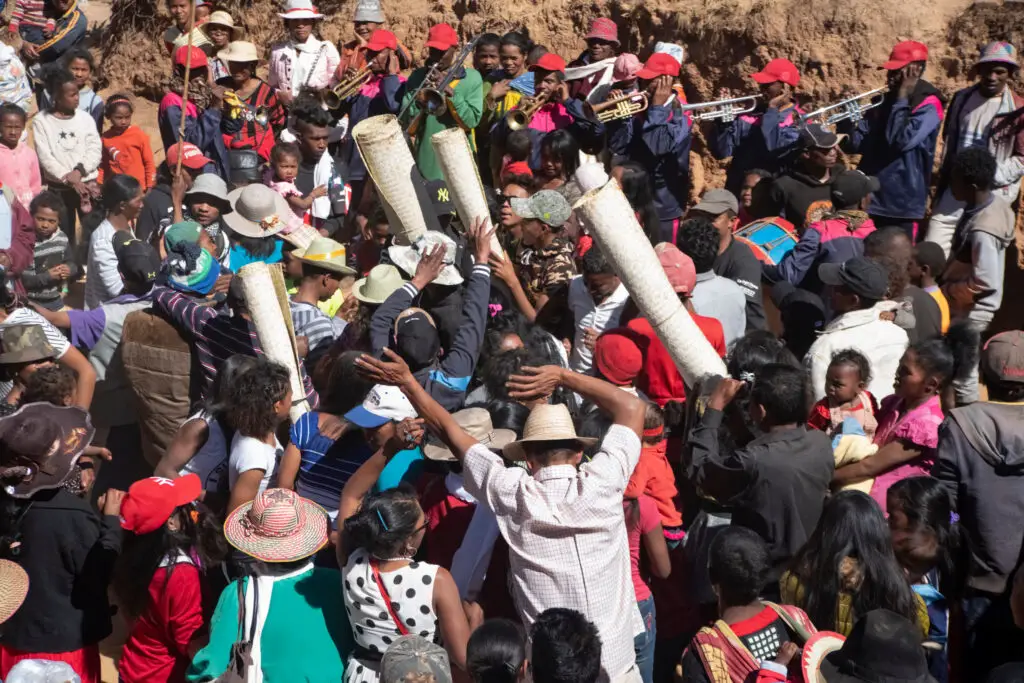
In Madagascar, the practice of famadihana, or “the turning of the bones,” involves exhuming the bodies of deceased relatives every few years to rewrap them in fresh burial cloths and dance with them in celebration. This ritual is a joyous occasion, where families gather to honor their ancestors and maintain close ties with the deceased.
While Americans might find the idea of digging up the dead and handling their remains unsettling, the famadihana is seen as an expression of love and respect for the departed. It’s a way to ensure the dead are never forgotten and continue to guide the living.
4. The Tibetan “Mummy Monks” of Mongolia
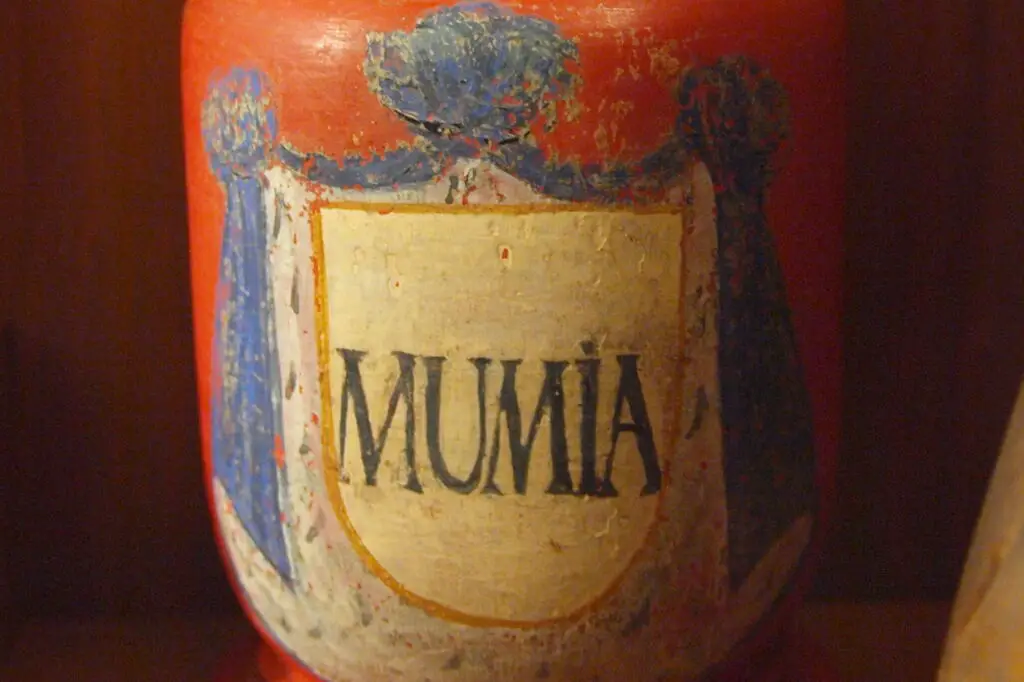
In Mongolia, the practice of mummifying monks after their death is carried out as part of the Buddhist tradition. Monks who have achieved a certain level of spiritual enlightenment may choose to undergo a process of self-mummification, where they voluntarily starve themselves and meditate until their body becomes a preserved relic. This is seen as a final act of devotion and a way to remain a spiritual guide to the living.
For most Americans, the idea of voluntarily mummifying oneself might seem extreme or even morbid. However, in Mongolian Buddhist culture, this act is regarded with great reverence, and the mummified monks are viewed as living saints who continue to offer wisdom and protection.
5. The “Wailing” Ceremony of the Greeks
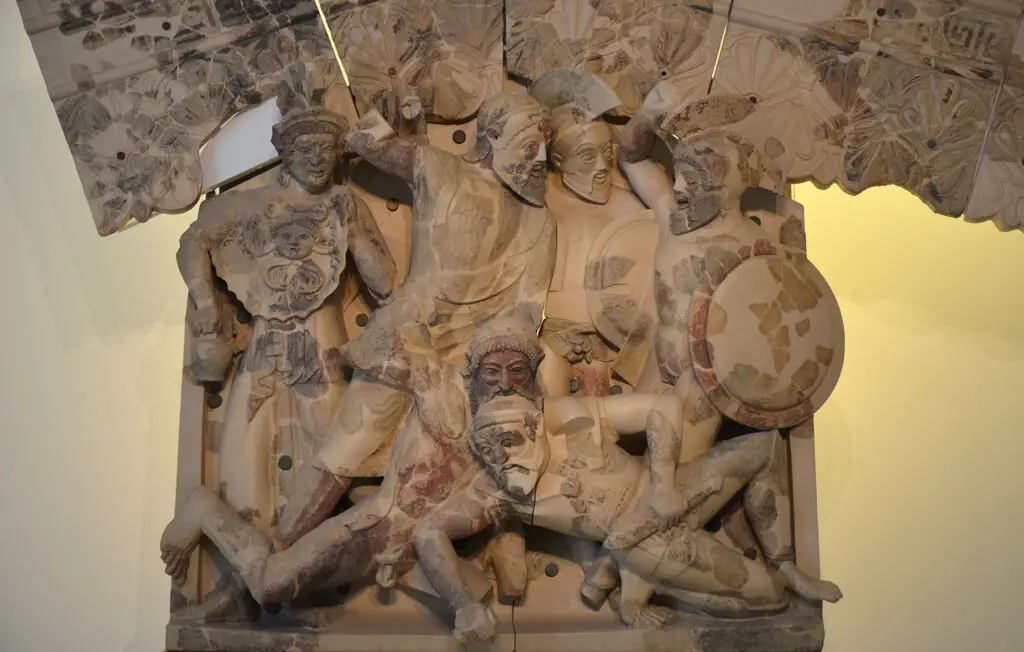
In some Greek villages, the death of a loved one is met with a highly emotional and dramatic “wailing” ceremony, where mourners scream and cry loudly to show their grief and honor the deceased. This public display of sorrow is an important cultural tradition, providing a way for the community to share in the mourning process.
Americans might find such overt expressions of grief to be uncomfortable or excessive, as many Western cultures tend to be more reserved in their public mourning. However, in Greece, the emotional intensity of the wailing is considered an essential part of the grieving and healing process.
6. The Corpse Flower Ritual in Indonesia
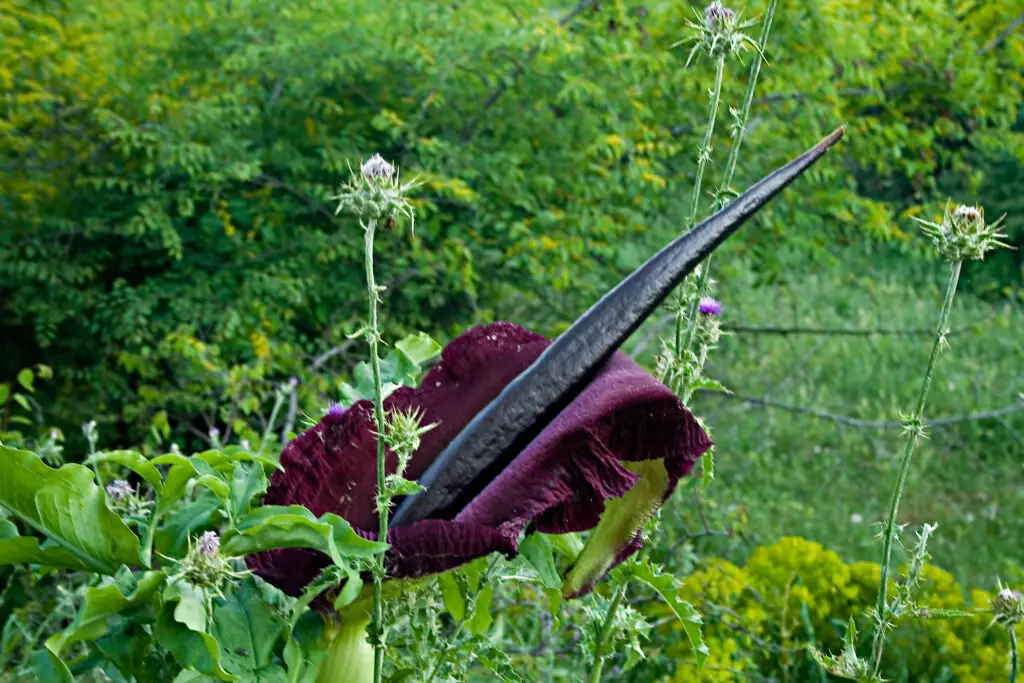
In some parts of Indonesia, the Minahasan people perform a ritual involving the corpse flower, an enormous bloom that emits a pungent odor similar to rotting flesh. The flower is used in a ceremony to welcome the deceased into the afterlife, symbolizing the transition from life to death.
For Americans, the idea of associating death with such a smelly, eerie flower might seem off-putting, especially given the flower’s connection to decay. Yet, for the Minahasan people, it’s a meaningful part of the spiritual journey, linking the natural world with the afterlife.
7. The Mexican Day of the Dead Celebrations
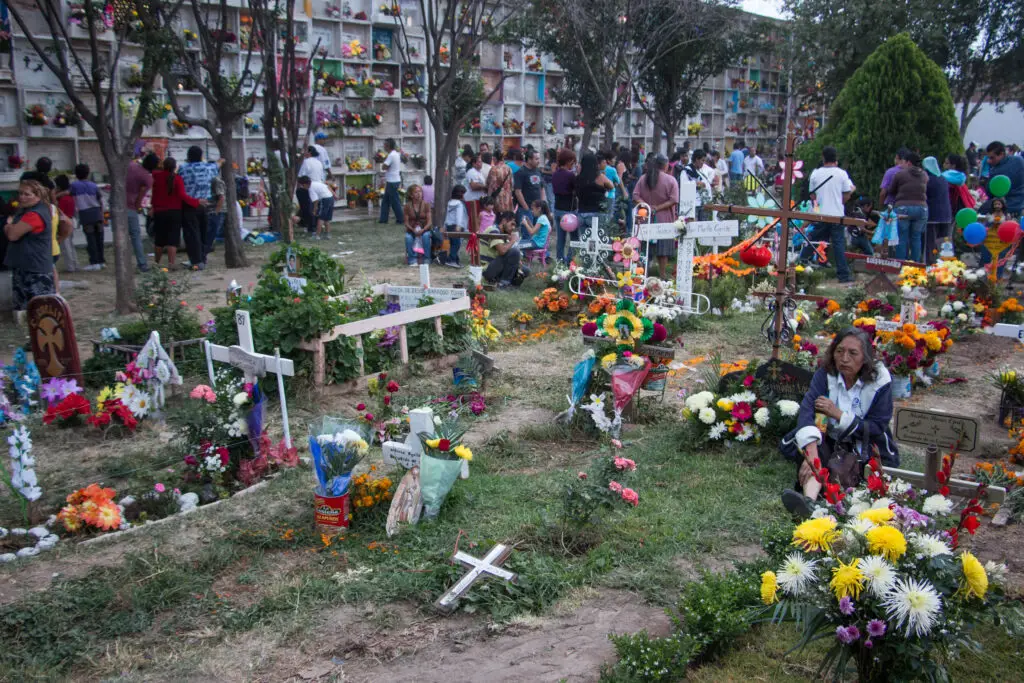
In Mexico, the Día de los Muertos (Day of the Dead) is a vibrant celebration where families build altars, decorate graves with marigolds, and offer food, drinks, and personal items to honor deceased loved ones. This holiday, which takes place on November 1st and 2nd, blends indigenous beliefs with Catholic traditions, celebrating death as a natural part of life.
For many Americans, the colorful and festive atmosphere of Día de los Muertos may seem at odds with the more somber approach to death often seen in the U.S. Yet, in Mexico, it is believed that the spirits of the dead return to visit their families, and the offerings are a way to welcome them with love and remembrance.
8. The “Tree Burial” in India’s Khonoma Village
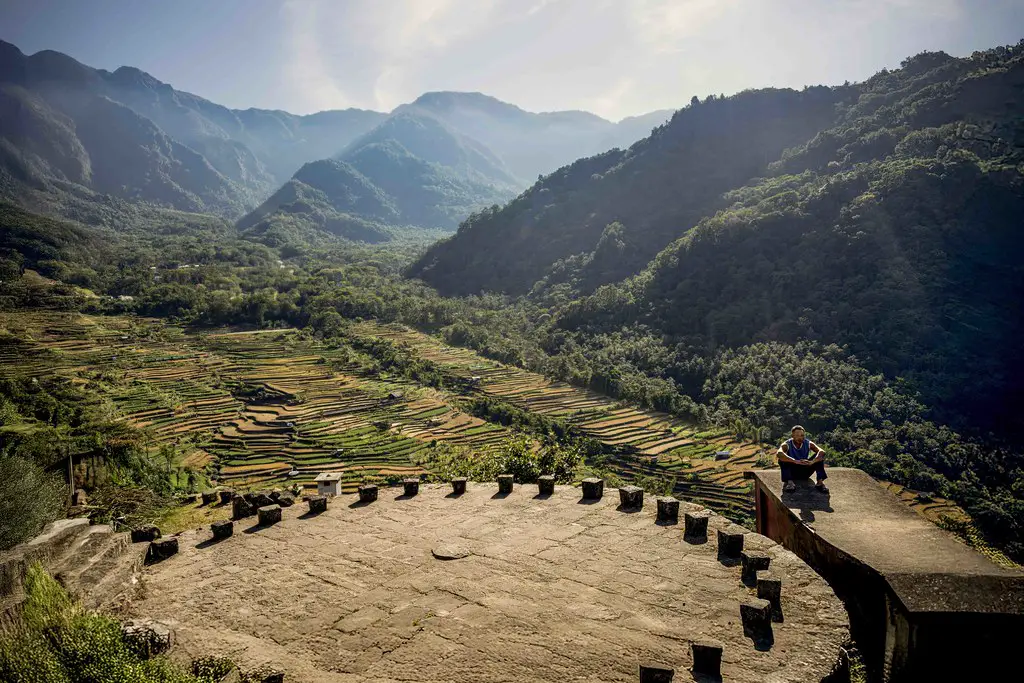
In the Khonoma village of India, the tradition of “tree burial” involves hanging the remains of the deceased in wooden coffins placed in high trees. This practice is based on the belief that the trees act as a bridge between the physical world and the spiritual realm. The high altitude symbolizes the journey of the soul to the heavens, and it also protects the body from wild animals.
For most Americans, the image of a body suspended in a tree might be deeply unsettling and hard to understand. However, for the people of Khonoma, it is a respectful and meaningful way to ensure that the soul of the departed finds peace while staying connected to the living.
